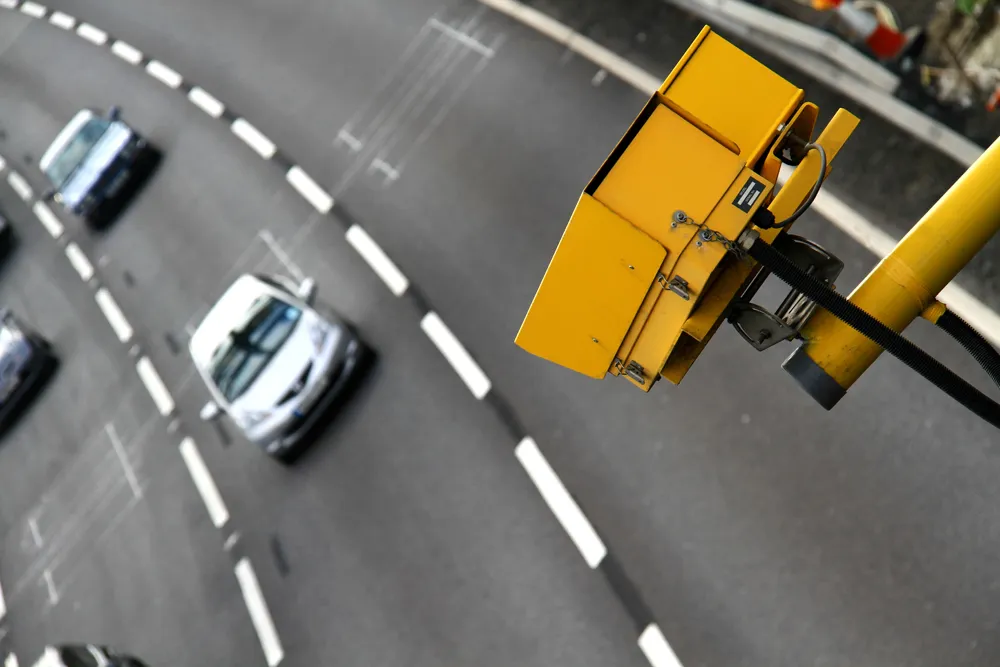Smoking a single cigarette containing cannabis can lengthen reaction times by 17-20%, while the effects can last for up to 13 hours. That is the result of research carried out in France.
The pharmacology-toxicology laboratory at CHU de Garches carried out the study. The research is intended to fill in the gaps in knowledge surrounding cannabis and driving ability. It is of high importance given that cannabis has been decriminalised in some countries and is also now legal in some US states for example. There have been concerns over cannabis use amongst drivers in those states where it is legalised and a corresponding high incidence of road crashes in which those involved have tested positive for the drug.
For the VIGICANN study, the researchers provided the volunteer test subjects with cannabis cigarettes, smoked as they would be in actual conditions. The test subjects were then tested for their response times and driving ability over time.
For the purposes of the research, 15 test subjects who regularly smoke 1-2 cannabis cigarettes/day were selected. A further 15 test subjects who smoke 1-2 cannabis cigarettes/week were also selected. All of the people were males, aged 18-34. They were tested for THC levels before and after smoking, both by saliva tests (as used by police officers) and by blood tests. The research also examined the driving ability of the test subjects under controlled conditions.
Of prime concern is that the research showed reaction times are extended by 17-20, both for regular and occasional smokers. The research also showed the drug has greater effects on occasional users and for longer periods than for regular cannabis smokers. Regular smokers can see reaction times return to normal eight hours after consuming the drug. But for occasional smokers, the effects last for up to 13 hours and reaction times are impaired for this period.
Cannabis use has not been legalised in France, yet it is a factor in 14% of road crashes. The risk of being impaired while driving due to cannabis use is not widely appreciated in France or elsewhere, particularly amongst the young. Studies suggest that around five million young people in France have smoked cannabis in the last 12 months.
France, like several European countries, equips officers with drug testing kits that can use saliva samples to detect the presence of cannabis in the system. This was introduced in 2017.
Cannabis use has negative effects on driving ability
Smoking a single cigarette containing cannabis can lengthen reaction times by 17-20%, while the effects can last for up to 13 hours. That is the result of research carried out in France.
September 25, 2019
Read time: 2 mins









